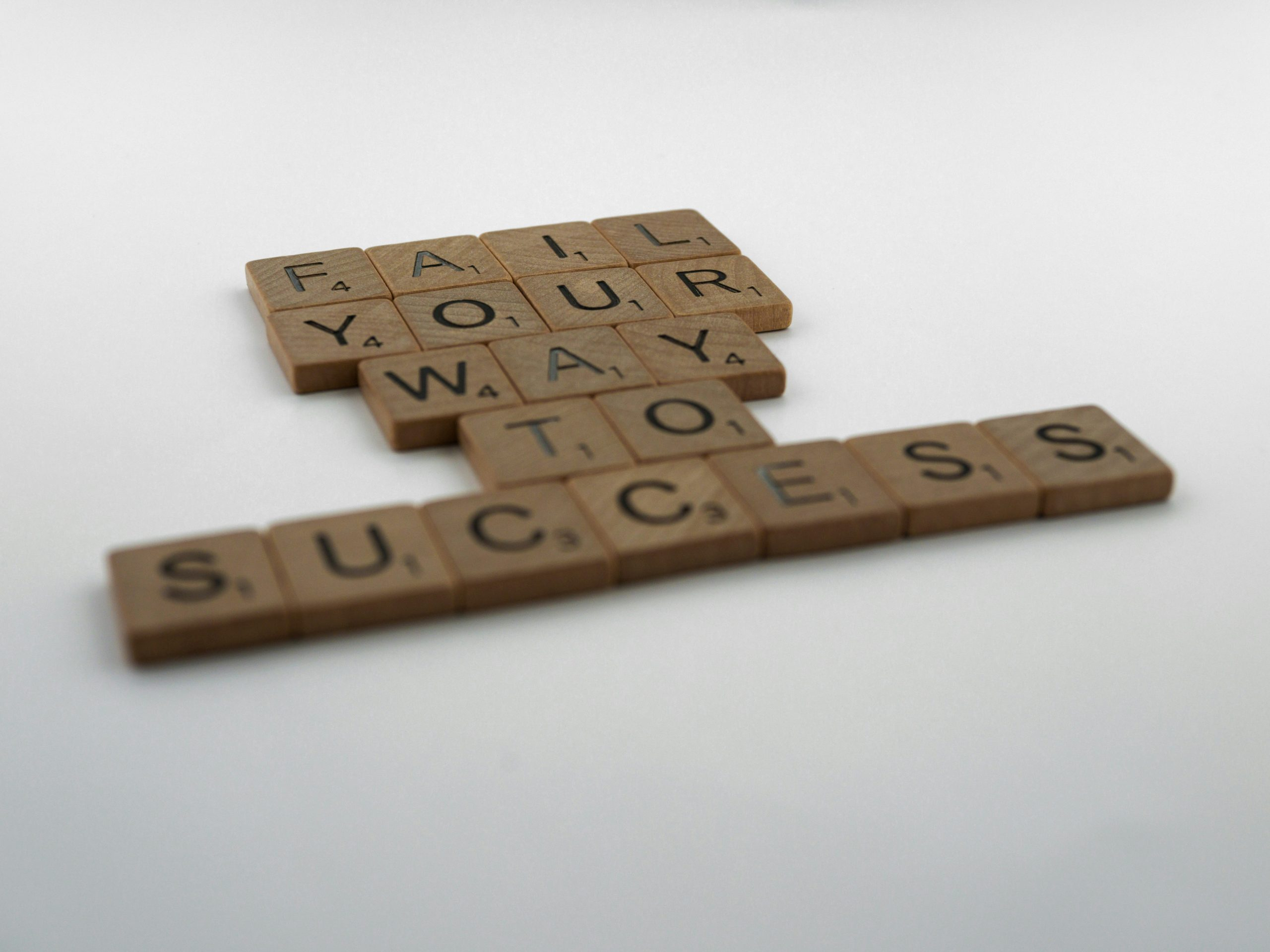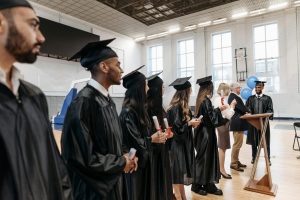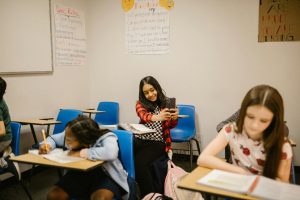Learning Differences: Innovative Support Strategies for Success
In today’s diverse and ever-changing educational landscape, it’s crucial for teachers and educators to understand and cater to students with learning differences. Learning differences, also known as learning disabilities, refer to a variety of neurological disorders that can affect a person’s ability to acquire, process, and use information effectively. These differences can pose numerous challenges for students, but with the right support strategies, they can achieve academic success and reach their full potential.
Understanding Learning Differences
There are many different types of learning differences, with each one having its own unique characteristics and impact on a student’s learning. Some of the most common learning differences include dyslexia, dysgraphia, dyscalculia, auditory processing disorder, and attention deficit hyperactivity disorder (ADHD). These conditions can affect a student’s ability to read, write, do math, process information, and stay focused in the classroom.
Identifying Learning Differences
It’s important for teachers and parents to be aware of the signs and symptoms of learning differences, so they can be promptly identified and addressed. Some common signs of learning differences include poor academic performance, difficulty following instructions, trouble with organization and time management, and frustration or avoidance of schoolwork. If a student exhibits any of these signs, it’s essential to seek professional evaluation and diagnosis.
Support Strategies for Success
With the right support and accommodations, students with learning differences can achieve academic success and thrive in the classroom. Here are some innovative strategies that can help:
Individualized Education Plans (IEPs)
IEPs are tailored plans developed for students with learning differences to address their specific needs and learning goals. These plans outline the accommodations, modifications, and support services that a student will receive to succeed academically. IEPs involve close collaboration between teachers, parents, and specialists to ensure that the student’s needs are fully met.
Multi-Sensory Instruction
Multi-sensory instruction involves using different senses to teach and reinforce learning, such as combining visual, auditory, and tactile methods. This approach can be highly effective for students with learning differences who may struggle with traditional teaching methods. Multi-sensory instruction can also make learning more engaging and interactive for all students, not just those with learning differences.
Assistive Technology
Assistive technology can make a world of difference for students with learning differences. From speech-to-text software for students with dysgraphia to audiobooks for students with dyslexia, assistive technology provides a way for students to overcome their challenges and access the same educational opportunities as their peers.
Positive Reinforcement and Emotional Support
Students with learning differences often face significant challenges and may struggle with low self-esteem and confidence in their academic abilities. Therefore, it’s crucial for teachers and parents to provide positive reinforcement and emotional support to these students. Encouragement, praise, and celebrating small successes can go a long way in building a student’s confidence and motivation.
Incorporating Inclusive Practices
While it’s essential to provide individualized support for students with learning differences, it’s also crucial to incorporate inclusive practices in the classroom to create a supportive and inclusive learning environment for all students. Some strategies to promote inclusivity include:
Universal Design for Learning (UDL)
UDL is a framework that involves designing curricula and instructional strategies that meet the diverse learning needs of all students, including those with learning differences. It involves providing multiple means of representation, expression, and engagement to ensure that all students can access and participate in learning.
Peer Mentoring and Collaboration
Pairing students with and without learning differences can foster an inclusive and supportive learning environment. Students with learning differences can benefit from the academic and emotional support of their peers, while their peers can gain a deeper understanding and acceptance of different learning abilities and needs.
Effective Communication and Classroom Management
Teachers can also promote inclusivity by establishing clear communication with students and parents and implementing effective classroom management strategies. These practices can help students with learning differences feel valued, understood, and supported in the classroom.
Innovation and flexibility are key when it comes to supporting students with learning differences. By incorporating these strategies and promoting inclusivity, educators can help students with learning differences thrive academically, emotionally, and socially, enabling them to reach their full potential and achieve success in their academic journey.










